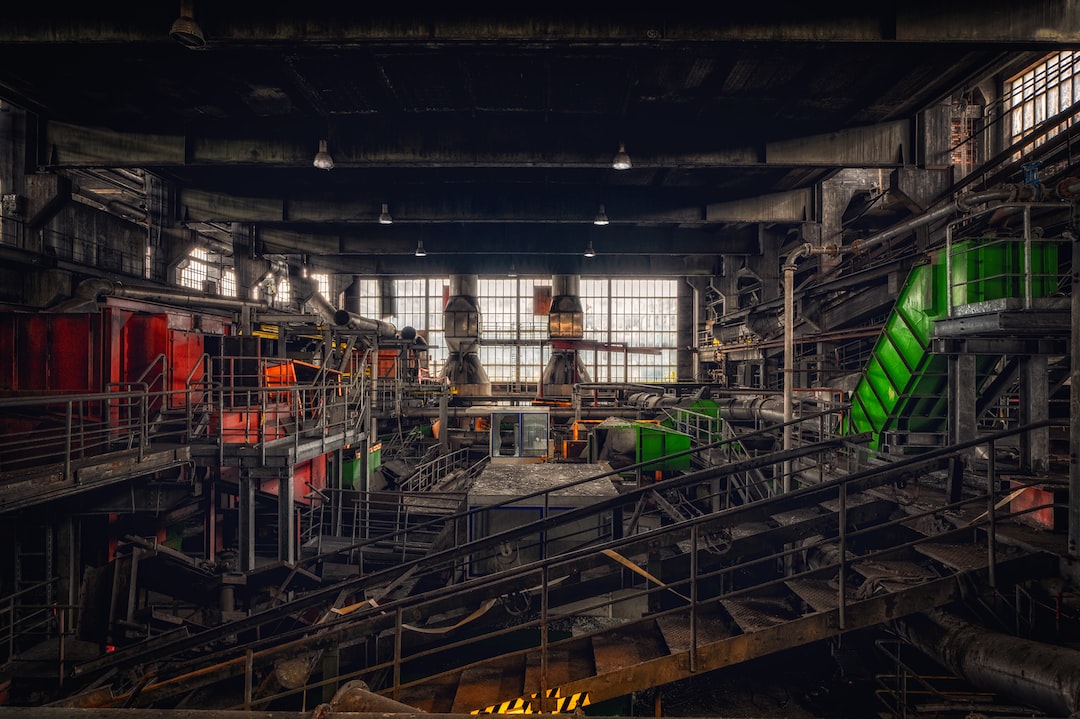Virtual reality (VR) has become increasingly popular in various industries, and one sector that has greatly benefited from this technology is manufacturing. Manufacturing jobs often require specialized skills, and training employees to effectively perform these tasks can be costly and time-consuming. However, with the use of VR, training for manufacturing jobs has undergone a significant transformation.
Virtual reality provides an immersive experience that simulates real-life scenarios. This allows trainees to practice their skills and learn in a safe and controlled environment. For manufacturing jobs, which often involve working with heavy machinery and complex processes, this can be a game-changer. Trainees can familiarize themselves with the equipment, learn to operate it safely, and practice troubleshooting without any risk of injury or damage to expensive machinery.
One of the main advantages of using VR in training for manufacturing jobs is the ability to replicate real-world scenarios. Trainees can be placed in virtual environments that mimic their actual work settings, allowing them to gain a deep understanding of their job responsibilities. This realistic simulation can help build confidence and reduce anxiety related to performing tasks for the first time in a real-world setting.
Another significant benefit of VR in manufacturing training is the ability to provide on-demand, personalized instruction. Trainees can access virtual modules and tutorials at any time, allowing them to learn at their own pace. This promotes self-directed learning and ensures that trainees fully grasp the concepts before moving on to more advanced tasks. Additionally, VR can track trainee progress and provide real-time feedback, helping instructors identify areas that need improvement and tailor the training accordingly.
The use of virtual reality in training for manufacturing jobs also addresses the issue of cost-effectiveness. Traditional training methods often involve expensive equipment, materials, and workspace. Additionally, the need for an experienced instructor to oversee the training can further escalate the cost. VR eliminates these concerns by providing a virtual environment that requires minimal physical resources and allows for unlimited repetition of training sessions. This significantly reduces costs associated with equipment, materials, and hiring additional trainers.
Furthermore, VR training can also be used to create simulations for rare or hazardous situations that might be too risky to replicate in real life. Trainees can be exposed to complex scenarios, such as equipment malfunctions or emergency situations, and learn how to react and resolve them efficiently. This prepares them to handle unforeseen challenges or emergencies in their workplace, ensuring a safe and responsive workforce.
Despite its numerous advantages, it is important to acknowledge that VR cannot completely replace traditional training methods. Hands-on experience and mentorship are still essential for certain aspects of manufacturing jobs. However, virtual reality can augment and enhance traditional training methods by providing a safe and cost-effective platform for initial skill acquisition and ongoing practice.
In conclusion, the use of virtual reality in training for manufacturing jobs has revolutionized the way employees are prepared for their roles. By providing a realistic and immersive learning environment, VR enables trainees to gain essential skills and knowledge without any physical risks or excessive costs. As this technology continues to evolve, it is likely to play an increasingly significant role in manufacturing training, facilitating the development of a skilled and confident workforce.

